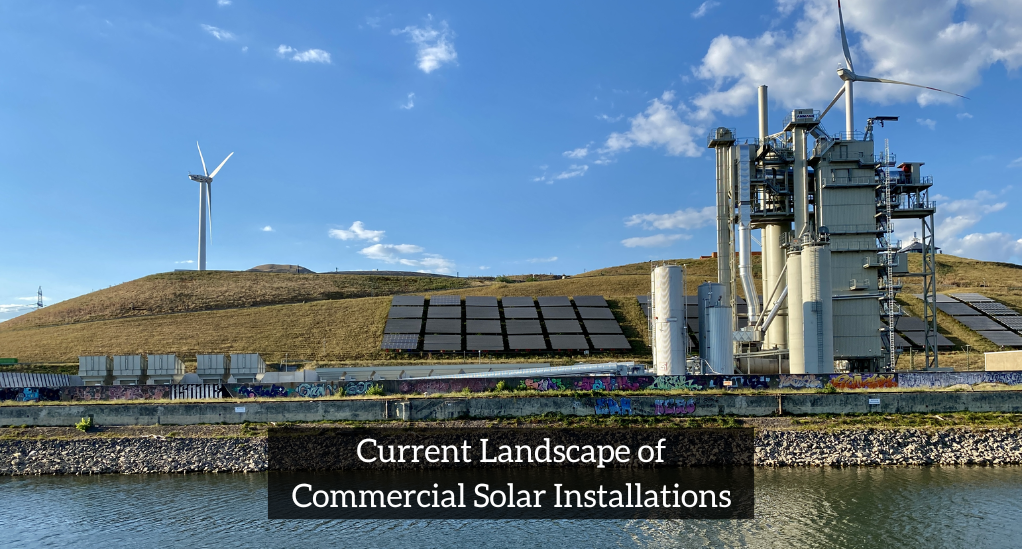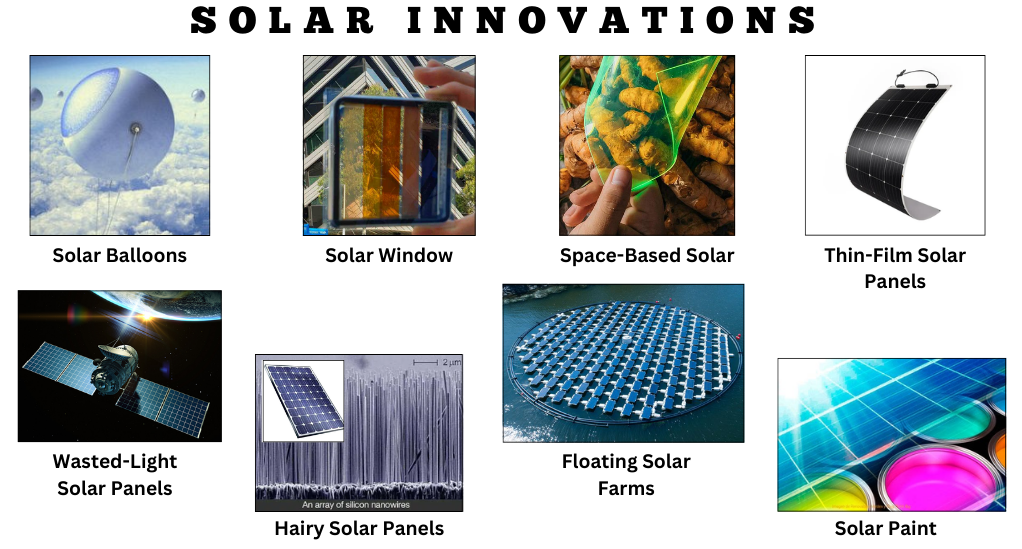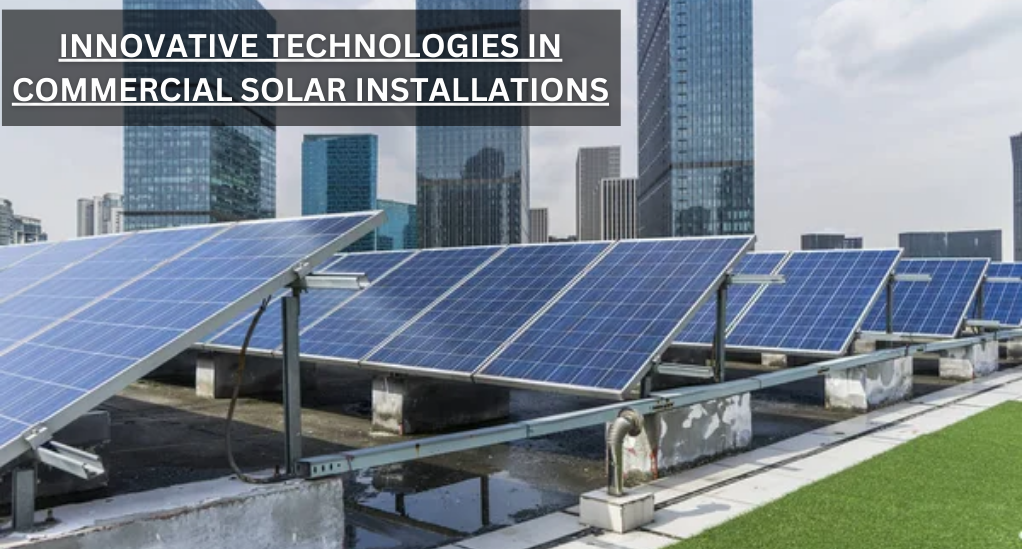At the dawn of the 21st century, the world witnessed a paradigm shift in energy production, with commercial solar installations emerging as a frontrunner. Initially, the concept of harnessing the sun’s energy dates back to 1839 when French physicist Edmond Becquerel discovered the photovoltaic effect. This monumental discovery laid the groundwork for the development of solar cells in the 1950s, predominantly silicon-based, which power most modern solar panels today.
Commercial solar installations have since evolved, offering businesses a sustainable and economically viable energy solution. These installations are characterized by large-scale solar panel arrays, often seen on the rooftops of corporate buildings or in solar farms supplying power to the grid. The commercial sector has embraced solar energy not only as a means to reduce carbon footprint but also as a significant step towards energy independence.
The Shift Towards Renewable Energy
As the global community grapples with the adverse effects of climate change, there has been a concerted effort to transition from fossil fuels to renewable energy sources. This shift is driven by a myriad of factors including environmental concerns, governmental policies, and advancements in renewable energy technologies.
| Factors Influencing the Shift | Description |
|---|---|
| Environmental Concerns | The increasing awareness of the detrimental effects of fossil fuels on the environment has spurred a demand for cleaner energy sources. |
| Governmental Policies | Governments worldwide are implementing policies and incentives to promote the use of renewable energy, including tax credits and grants for solar installations. |
| Technological Advancements | The solar industry has witnessed a surge in innovations, enhancing the efficiency and reducing the costs of solar panels, thus making them a more attractive option for commercial use. |
The transition towards renewable energy is not just a trend but a necessity, with solar energy playing a pivotal role. Commercial solar installations, with their innovative technologies, are at the forefront of this transition, promising a future where energy production is sustainable, efficient, and environmentally friendly.
As we delve deeper into this subject in the subsequent sections, we will explore the current landscape of commercial solar installations, the emerging technologies shaping the industry, and the potential impact on the economy and the environment.
The Current Landscape of Commercial Solar Installations

Key Players in the Market
In the vibrant domain of commercial solar installations, several prominent entities are leading the charge toward a greener future. Tesla, a name synonymous with innovation, has been a game-changer, particularly renowned for its solar roofing and energy storage solutions, seamlessly integrating solar power into daily living. Parallelly, First Solar stands as a global leader, specializing in the development of photovoltaic (PV) solar energy solutions. Their expertise spans utility-scale and commercial applications, making a significant mark in the industry. Not to be left behind, SunPower is known for its high-efficiency solar panels, setting industry standards while maintaining comprehensive sustainability practices.
Recent Developments and Innovations
The commercial solar sector is abuzz with continuous advancements, adapting to meet the escalating demands for clean and efficient energy. A notable trend is the adoption of bifacial solar panels, capable of harnessing sunlight from both sides, thereby significantly amplifying energy yield. Additionally, the sector is embracing the integration of artificial intelligence (AI) to optimize energy management, foresee maintenance requirements, and enhance overall efficiency.
Moreover, a shift towards decentralized energy systems is evident, where commercial establishments are not just consumers but also contributors to the energy grid. This approach not only promotes energy independence but also lays the foundation for a resilient and sustainable energy infrastructure.
As we progress, we will delve deeper into these groundbreaking technologies, unveiling their potential to redefine the future of commercial solar installations.
Emerging Technologies in Commercial Solar Installations

The commercial solar sector is on the cusp of a revolution, with several emerging technologies promising to redefine the way we harness solar energy. Let’s delve into these innovations step by step:
Solar Windows: The Next Frontier in Urban Solar Energy
Solar windows, equipped with a photovoltaic glaze, are set to transform urban landscapes. This technology allows the conversion of sunlight into electricity without obstructing the transparency of windows, potentially turning every building into a solar power generator.
Solar Balloons: Overcoming the Cloud Cover Challenge
Solar balloons aim to bypass the limitations posed by cloud cover. By elevating solar panels above the clouds, these balloons can ensure a continuous supply of solar energy, even in regions with significant cloud cover, thus mitigating interruptions in energy production.
Hairy Solar Panels: Nanotechnology Enhancing Efficiency
The advent of hairy solar panels, characterized by light-absorbing nanowires, promises to enhance the efficiency of solar energy capture. Despite their minuscule size, these nanowires can absorb a substantial amount of solar light, potentially revolutionizing solar installations with increased flexibility and affordability.
Thin-Film Solar Panels: Affordable and Flexible Solutions
Thin-film solar panels, known for their affordability and flexibility, are making solar energy accessible to a broader audience. These panels, which are easy to manufacture and distribute, could play a vital role in reducing the global carbon footprint.
Floating Solar Farms: Harnessing Solar Energy on Water Bodies
Floating solar farms are an innovative solution to land scarcity issues. By installing solar panels on water bodies, we can conserve valuable land space while significantly boosting solar energy production globally.
Solar Paint: The Future of Building Materials
Solar paint, still in its developmental stages, holds the potential to turn any surface into a solar energy generator. This innovation could see buildings, vehicles, and even roads harnessing solar energy in the near future.
Wasted-Light Solar Panels: Utilizing the Full Spectrum of Light
Wasted-light solar panels are designed to utilize a broader spectrum of light, including non-visible wavelengths, thus optimizing the energy capture and potentially enabling solar energy generation even during the night.
Space-Based Solar: The Final Frontier in Solar Energy
Lastly, space-based solar technology, which involves harnessing solar radiation in space and transmitting it back to Earth, promises to open up new horizons in solar energy production, potentially powering entire cities with clean and renewable energy.
Case Studies: Success Stories of Commercial Solar Installations
Corporate Initiatives
In the corporate world, many companies are taking strides in adopting solar energy, showcasing remarkable initiatives. For instance, Google has been carbon-neutral since 2007, largely due to its significant investments in solar and wind energy projects. Apple, another giant, operates its facilities worldwide fully on renewable energy, with a notable emphasis on solar installations.
Government Projects and Policies
On the governmental front, several policies and projects have been initiated to foster the growth of solar energy. The European Union, through its Green Deal, aims to be carbon-neutral by 2050, with solar energy playing a significant role in this transition. Similarly, in the USA, the Solar Investment Tax Credit has been a pivotal policy, encouraging the adoption of solar energy by providing significant tax credits for solar installations.
The Economic Impact of Commercial Solar Installations
Job Creation and Economic Growth
The surge in commercial solar installations has not only been a beacon of environmental sustainability but also a significant contributor to economic growth. The industry has been a fertile ground for job creation, offering roles ranging from manufacturing to installation and maintenance. According to the Solar Foundation, the solar industry has been adding jobs at a rate much faster than the overall U.S. economy, illustrating the sector’s potential to be a powerhouse of employment opportunities.
Investment Opportunities and Financial Incentives
Parallelly, the sector has opened up a plethora of investment opportunities. Investors are keenly eyeing the solar market, which promises substantial returns owing to the increasing adoption of solar technology globally. Governments are further bolstering this trend through various financial incentives. For instance, many countries offer feed-in tariffs, a policy mechanism designed to accelerate investment in renewable energy technologies by offering long-term contracts to renewable energy producers.
Moreover, tax credits and grants are being provided to encourage commercial entities to adopt solar installations, making it a financially viable option. These incentives not only foster growth in the sector but also facilitate the transition towards a greener and more sustainable future.
Environmental Benefits of Commercial Solar Installations
Reducing Carbon Footprint
Commercial solar installations stand as a formidable force in the global effort to reduce carbon emissions. By harnessing the sun’s energy, a clean and inexhaustible source, these installations significantly diminish the reliance on fossil fuels, which are major contributors to greenhouse gas emissions. Consequently, businesses adopting solar energy are playing a pivotal role in mitigating the adverse effects of climate change. It is estimated that every megawatt of solar power installed reduces carbon dioxide emissions by over 2,000 tons annually, illustrating the substantial impact of solar energy in fostering a cleaner environment.
Promoting Biodiversity and Habitat Conservation
Beyond carbon reduction, commercial solar installations are also instrumental in promoting biodiversity and habitat conservation. Solar farms, for instance, can be designed to be pollinator-friendly, providing habitats for bees, butterflies, and other pollinators, which are vital for ecosystem balance. Moreover, floating solar farms can help in conserving water by reducing evaporation, thereby preserving aquatic habitats.
Furthermore, the deployment of solar installations in urban settings can contribute to the creation of green spaces, fostering a harmonious coexistence between urban development and nature. These initiatives not only enhance the ecological value of the areas surrounding the installations but also contribute to the overall well-being of the community.
Environmental Benefits of Commercial Solar Installations
Reducing Carbon Footprint
The transition to commercial solar installations is a significant stride in the global initiative to reduce carbon footprints. Utilizing solar energy drastically curtails greenhouse gas emissions, which are prevalent in conventional energy sources. Businesses adopting solar technology are not only making a wise economic choice but also contributing significantly to a cleaner planet.
| Metric | Impact |
|---|---|
| CO2 Reduction | A single commercial solar installation can reduce tons of CO2 emissions annually, aiding in the fight against global warming. |
| Energy Efficiency | Solar installations convert sunlight directly into electricity, minimizing energy loss and promoting efficiency. |
Promoting Biodiversity and Habitat Conservation
Furthermore, commercial solar installations play a pivotal role in fostering biodiversity and habitat conservation. Solar farms, especially those installed on water bodies, can create habitats that encourage the growth of local flora and fauna, enhancing biodiversity in the region.
| Aspect | Benefit |
|---|---|
| Pollinator Habitats | Solar farms can be designed to be pollinator-friendly, fostering habitats for bees and butterflies, which are vital for ecosystem balance. |
| Water Conservation | Floating solar farms help in conserving water by reducing evaporation, thereby aiding in the preservation of aquatic habitats. |
Through these initiatives, commercial solar installations are not only revolutionizing the energy sector but also contributing to a healthier and more sustainable environment, showcasing a harmonious blend of technological advancement and ecological preservation.
The Road Ahead: Future Prospects and Challenges
Potential Breakthroughs and Research Directions
As we traverse the evolving landscape of commercial solar installations, we are greeted with promising potential breakthroughs. The research sphere is buzzing with activity, focusing on amplifying the efficiency and affordability of solar technologies. Here are some focal points of ongoing research:
- Perovskite Solar Cells: A promising avenue in solar technology, these cells have the potential to surpass the efficiency levels of traditional silicon cells, paving the way for a new era in solar energy harnessing.
- Quantum Dots: These are nanocrystals that hold promise in revolutionizing solar cells, potentially enabling the harnessing of a broader spectrum of sunlight, thus optimizing energy yield.
Policy Implications and Industry Standards
On the policy canvas, governments worldwide are reshaping their strategies to nurture the growth of the solar sector. Here are some key policy focuses and their implications:
- Incentives and Grants: Governments are actively offering financial incentives to spur investments in the solar sector, fostering a conducive environment for the growth of commercial solar installations.
- Industry Standards: A significant focus is being placed on revamping industry standards to facilitate seamless integration of solar technologies into the existing energy infrastructure, ensuring a smooth transition towards a solar-powered future.
Conclusion
In the wake of relentless innovation, commercial solar installations have transcended mere energy solutions to become harbingers of a sustainable future. We’ve embarked on a journey through the evolution of solar technology, from its origins to the cutting-edge innovations reshaping our world.
The economic impact, job creation, and investment opportunities have solidified the position of solar energy in the global marketplace. Simultaneously, the environmental benefits, including reduced carbon footprints and biodiversity promotion, underscore the indispensable role of solar installations in combating climate change.
With ongoing research poised to unveil groundbreaking technologies and policies supporting the solar industry, we stand at the brink of a solar-powered future. It’s a future where commerce and conservation converge, promising a greener, more sustainable world for generations to come.

